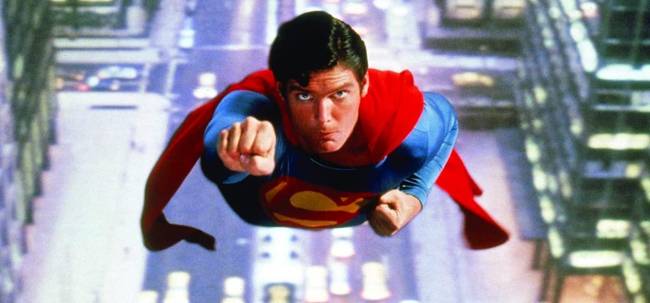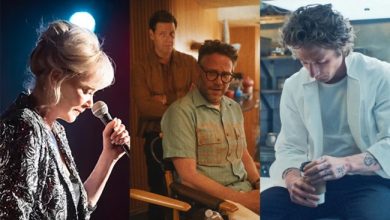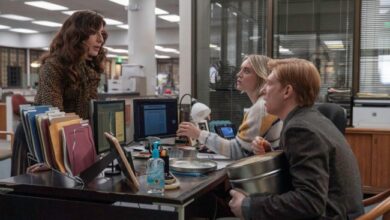How Richard Donner’s 1978 Superman Film Revolutionized Special Effects to Make a Man Fly

At the heart of Richard Donner’s 1978 Superman film adaptation lies a groundbreaking achievement in special effects that helped set a new standard for superhero movies. As noted by The Hollywood Reporter’s Ron Pennington, the film’s promotional tagline—“You’ll believe a man can fly”—was no exaggeration.
Thanks to a remarkable blend of innovation and craftsmanship, the visual effects team, including Les Bowie, Colin Chilvers, Denys N. Coop, Roy Field, Derek Meddings, and Zoran Perisic, earned a special Academy Award in 1979—the only Oscar ever given to a Superman film.
What Made Superman’s Effects So Revolutionary?
The film’s magic came from combining classic techniques with newly invented ones to convincingly portray Superman’s flight and other extraordinary feats, such as Lois Lane falling from a helicopter and villains trapped behind glass.
A deep dive into these effects was provided by Roy Field in the 2001 DVD featurette The Magic Behind the Cape, which is now available on YouTube for fans seeking behind-the-scenes insight. For a quick overview, here are the key effects techniques that made Superman’s flight believable in 1978.
Wire Work
One of the simplest yet most effective techniques involved suspending Christopher Reeve with wires connected to a crane. While wire work had existed for decades, Reeve’s ability to control his body and perform natural flying poses helped conceal the mechanics, making the flight sequences feel authentic and seamless.
Optical Printing
This classic method involved shooting Reeve in front of large blue screens, which were then chemically removed from the footage to isolate the actor. The resulting image could be layered onto separate backgrounds using an optical printer, a device that photographed multiple images onto a single frame.
See More ...
A unique challenge emerged because Superman’s iconic blue costume had to be altered closer to turquoise to prevent being erased along with the blue screen—a clever color tweak that preserved the costume’s visibility.
Front Projection
An advancement over rear projection, front projection employed a highly reflective 3M material as the background screen. Light was projected through a one-way mirror onto this screen, reflecting directly into the camera, resulting in sharper and more convincing backgrounds interacting with the actors.
Zoptic System
Invented by Zoran Perisic, the Zoptic system refined front projection by syncing zoom lenses on both the camera and projector. This innovation created dynamic camera movements that made it appear as though Superman was flying directly toward the camera at the same speed the background receded—heightening the sense of depth and motion.
Richard Donner’s 1978 Superman film pushed the boundaries of what was possible with special effects in its era. From wire work and optical printing to cutting-edge front projection and the innovative Zoptic system, the team crafted visual magic that made audiences truly believe a man could fly—earning a unique Oscar and inspiring decades of superhero cinema.




